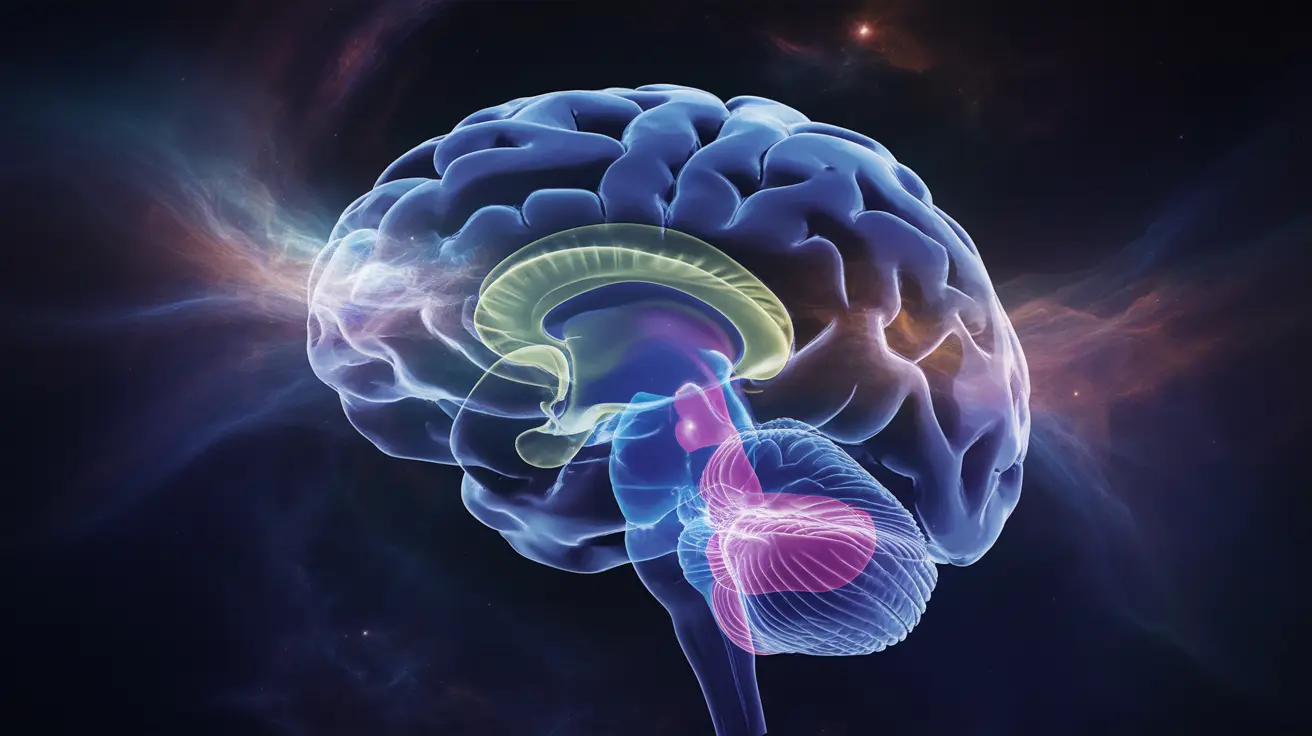Have you ever wondered how you instantly recognize a familiar scent or recall the texture of sand between your toes? These fleeting yet powerful experiences are the work of sensory memory, a fascinating aspect of human cognition. In this article, we'll dive deep into the world of sensory memory, exploring its types, functions, and the profound impact it has on our daily lives.
Sensory memory serves as the initial gateway for information processing in our brains, capturing raw sensory input for a brief moment before it's either discarded or passed on for further processing. Understanding this crucial component of our memory system can help us appreciate how we perceive and interact with the world around us.
Types of Sensory Memory and Their Everyday Impact
Sensory memory is not a single, uniform system but rather a collection of specialized processes tailored to different sensory inputs. Let's explore the primary types of sensory memory and how they shape our daily experiences:
Iconic Memory (Visual)
Iconic memory is responsible for processing visual information. It allows us to retain a brief "snapshot" of what we see, typically lasting for less than a second. This type of sensory memory enables us to perceive motion in movies or detect changes in our environment quickly.
Echoic Memory (Auditory)
Echoic memory deals with auditory information, allowing us to hold onto sounds for a short period after they've ceased. This is why we can understand speech even when words are spoken quickly or recall the last few notes of a song that has just ended.
Haptic Memory (Touch)
Haptic memory processes tactile sensations, helping us remember textures, temperatures, and physical sensations briefly after contact. This type of sensory memory is crucial for tasks requiring fine motor skills, such as typing or playing a musical instrument.
Olfactory Memory (Smell)
While less studied than other forms, olfactory memory plays a significant role in our ability to recognize and distinguish between different scents. It's closely linked to emotional memories and can trigger powerful nostalgic responses.
The Role of Sensory Memory in Environmental Processing
Sensory memory plays a crucial role in how we process and respond to our environment. By briefly holding onto sensory information, it allows our brain to:
- Filter relevant information from the constant stream of sensory input
- Detect changes or anomalies in our surroundings
- Provide a seamless perception of the world, bridging gaps between eye movements or blinks
- Initiate appropriate responses to environmental stimuli
This rapid processing enables us to navigate complex environments, avoid potential dangers, and interact effectively with the world around us.
Sensory Memory and Emotional Responses
One of the most intriguing aspects of sensory memory is its ability to trigger powerful emotional and nostalgic responses. This phenomenon is particularly evident in olfactory and auditory memories. A specific scent or a fragment of a melody can instantly transport us back to a particular moment in time, evoking vivid memories and associated emotions.
This connection between sensory memory and emotions is rooted in the brain's architecture. The areas responsible for processing sensory information are closely linked to the limbic system, which governs emotions and memory formation. This intimate relationship explains why sensory experiences can have such a profound impact on our emotional state and why certain smells or sounds can evoke such strong memories.
Enhancing Sensory Memory Through Practice and Training
While sensory memory is largely an automatic process, there is evidence to suggest that certain aspects of it can be improved or enhanced through practice and training. Some strategies that may help include:
- Mindfulness exercises to increase awareness of sensory inputs
- Specific training tasks designed to improve visual or auditory processing speed
- Engaging in activities that require keen sensory attention, such as wine tasting or music appreciation
- Regular exposure to diverse sensory experiences to broaden one's sensory repertoire
It's important to note that while these practices may improve our ability to attend to and process sensory information, they don't necessarily extend the duration of sensory memory itself.
Sensory Memory vs. Short-Term and Long-Term Memory
Understanding how sensory memory differs from other types of memory is crucial for grasping its unique role in cognitive processing. Here's a brief comparison:
- Duration: Sensory memory lasts for mere seconds, while short-term memory can hold information for about 20-30 seconds, and long-term memory can retain information indefinitely.
- Capacity: Sensory memory has a large capacity but for an extremely brief period. Short-term memory has limited capacity (about 7±2 items), while long-term memory has virtually unlimited capacity.
- Processing: Sensory memory involves minimal processing, mainly holding raw sensory data. Short-term and long-term memories involve more complex encoding and retrieval processes.
- Consciousness: We're typically unaware of sensory memory processes, whereas we can consciously access and manipulate information in short-term and long-term memory.
This distinction highlights the specialized role of sensory memory as the initial stage of information processing, providing a brief window for the brain to decide what information requires further attention and processing.
Frequently Asked Questions
What are the different types of sensory memory, and how do they affect our daily experiences?
The main types of sensory memory are iconic (visual), echoic (auditory), haptic (touch), and olfactory (smell). These affect our daily experiences by allowing us to briefly retain sensory information, enabling us to perceive continuity in our environment, react quickly to stimuli, and form the basis for more complex cognitive processes.
How does sensory memory help us process and respond to our environment?
Sensory memory helps us process and respond to our environment by briefly holding onto sensory inputs, allowing our brain to filter relevant information, detect changes, and initiate appropriate responses. This rapid processing is crucial for navigating complex environments and reacting to potential threats or opportunities.
What role does sensory memory play in triggering emotional or nostalgic responses?
Sensory memory, particularly olfactory and auditory memories, can trigger powerful emotional and nostalgic responses. This is due to the close connection between sensory processing areas and the limbic system in the brain, which is responsible for emotions and memory formation. A specific scent or sound can instantly evoke vivid memories and associated emotions from the past.
Can sensory memory be improved or enhanced through practice or training?
While sensory memory itself is largely automatic, certain aspects of sensory processing can be improved through practice and training. Techniques such as mindfulness exercises, specific sensory training tasks, and engaging in activities that require keen sensory attention may enhance our ability to attend to and process sensory information more effectively.
How does sensory memory differ from short-term or long-term memory in terms of duration and retention?
Sensory memory differs significantly from short-term and long-term memory in duration and retention. Sensory memory lasts only for seconds and holds raw sensory data with minimal processing. Short-term memory lasts for about 20-30 seconds and can hold processed information, while long-term memory can retain information indefinitely. The capacity and level of conscious access also vary greatly among these memory types.
By understanding the intricacies of sensory memory and its role in our cognitive processes, we can gain a deeper appreciation for how we perceive and interact with the world around us. This knowledge not only enriches our understanding of human psychology but also opens doors to potentially enhancing our sensory experiences and cognitive abilities.



